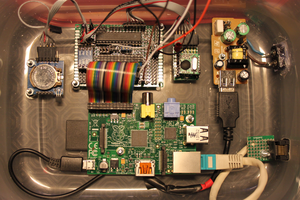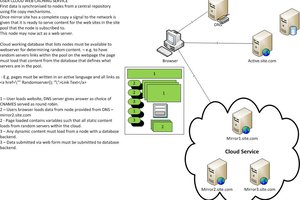OSOMCOM POCSAG is a free/open implementation of a POCSAG that allows to implement a real and functional network for sending messages to pagers or beepers.
This network features:
- Multi-node network that allow to extend easily the coverage.
- Possibility to work as a private closed network or as an open public one. As a public network, anybody could install a node in his home and register it in the public network to extend its coverage (similar concept to the FON and FONERA WIFI network).
- Supports:
- 512, 1200 and 2400bps transmission
- Alphanumeric, numeric and ringtone messages
- Multi-channel transmission (can transmit in different frequencies)
- Simple anti-collision system to allow the overlapping coverage of close nodes working at the same frequency.
- Groups support to allow mass sending.
- RIC scanning (useful for discover an unknow RIC or for spamming)
- Web interface to manage subscribers, groups and nodes and to send messages.
- Public web API (REST interface) to operate with third-party applications and implement new features (ex: email-to-POCSAG bridge).
- VERY CHEAP hardware. Each node transmitter cost around 15€ (plus 20€ for a Raspberry PI or similar board).
The network consist in one or more transmitter nodes, each of them is composed of a radio board that implements the full POCSAG stack and a low cost computer – like the Raspberry PI – that connect the node to the rest of the network using TCP/IP and a web API.
The network is controlled by one master node that manage the nodes and send them the messages to transmit. The master node also runs an admin web interface to manage the network, the subscribers and sending messages.
More details about the project can be found here:
http://www.t4f.org/projects/osomcom-pocsag/
 Ramiro
Ramiro



 Arcadia Labs
Arcadia Labs
 Danny
Danny
 Adam Phelps
Adam Phelps
 Samuk
Samuk
I have been following the project since you have it posted on your homepage. I had been looking for a simple hardware to revive my old pager (german Skyper).
Network support sounds really great, as is the current status of the project?